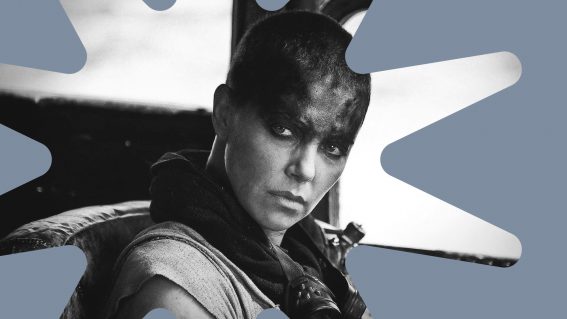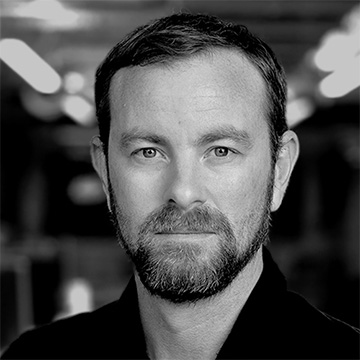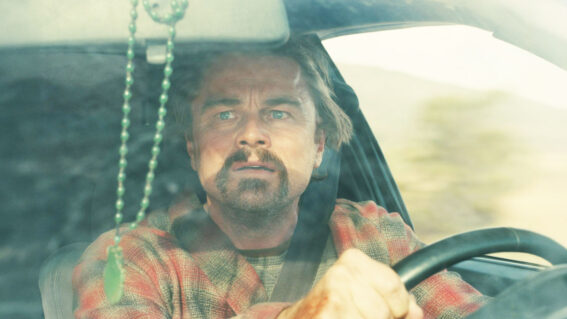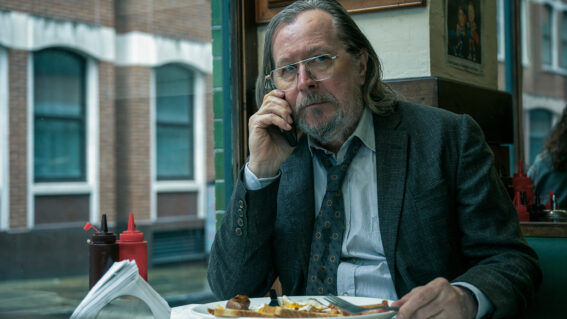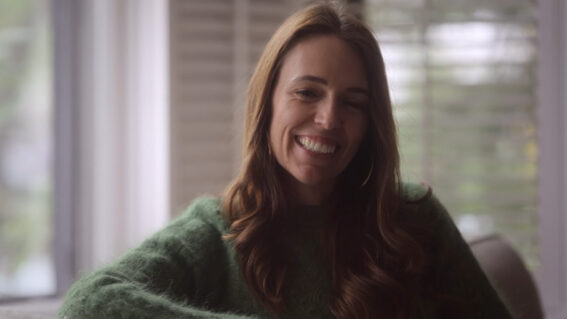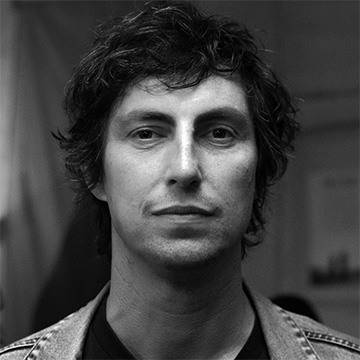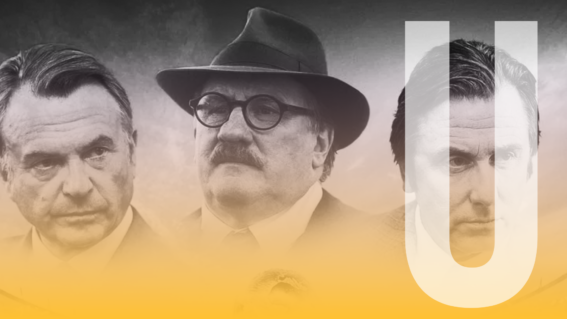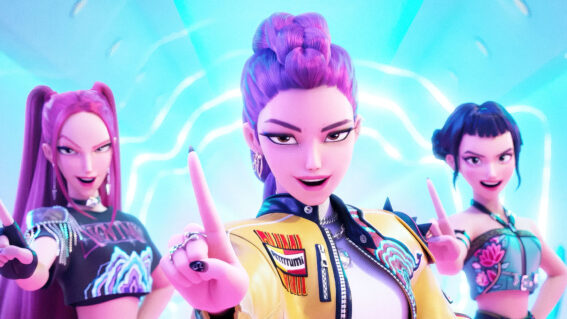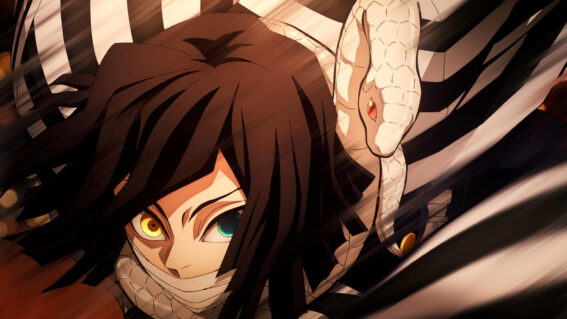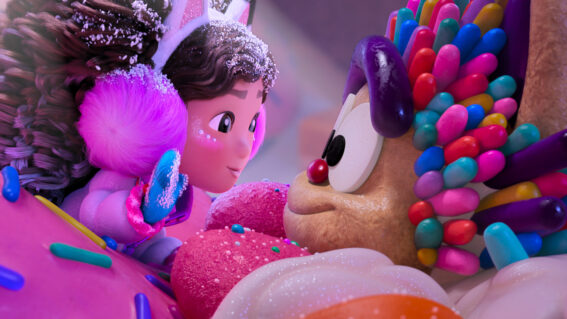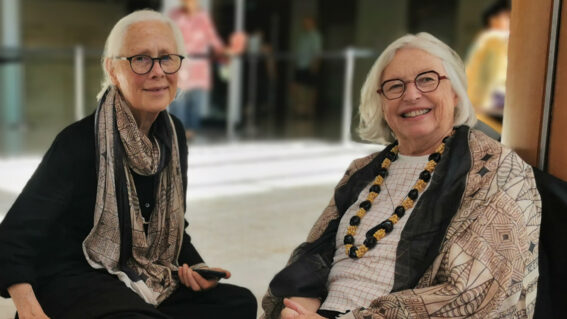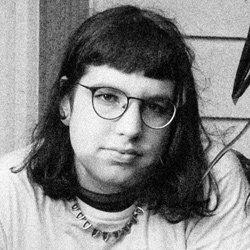The perilous prettiness of A Big Bold Beautiful Journey
Every frame is like a painting in Kogonada’s beautiful romantic drama. But, asks Luke Buckmaster, do we really feel this work or admire it from behind glass?
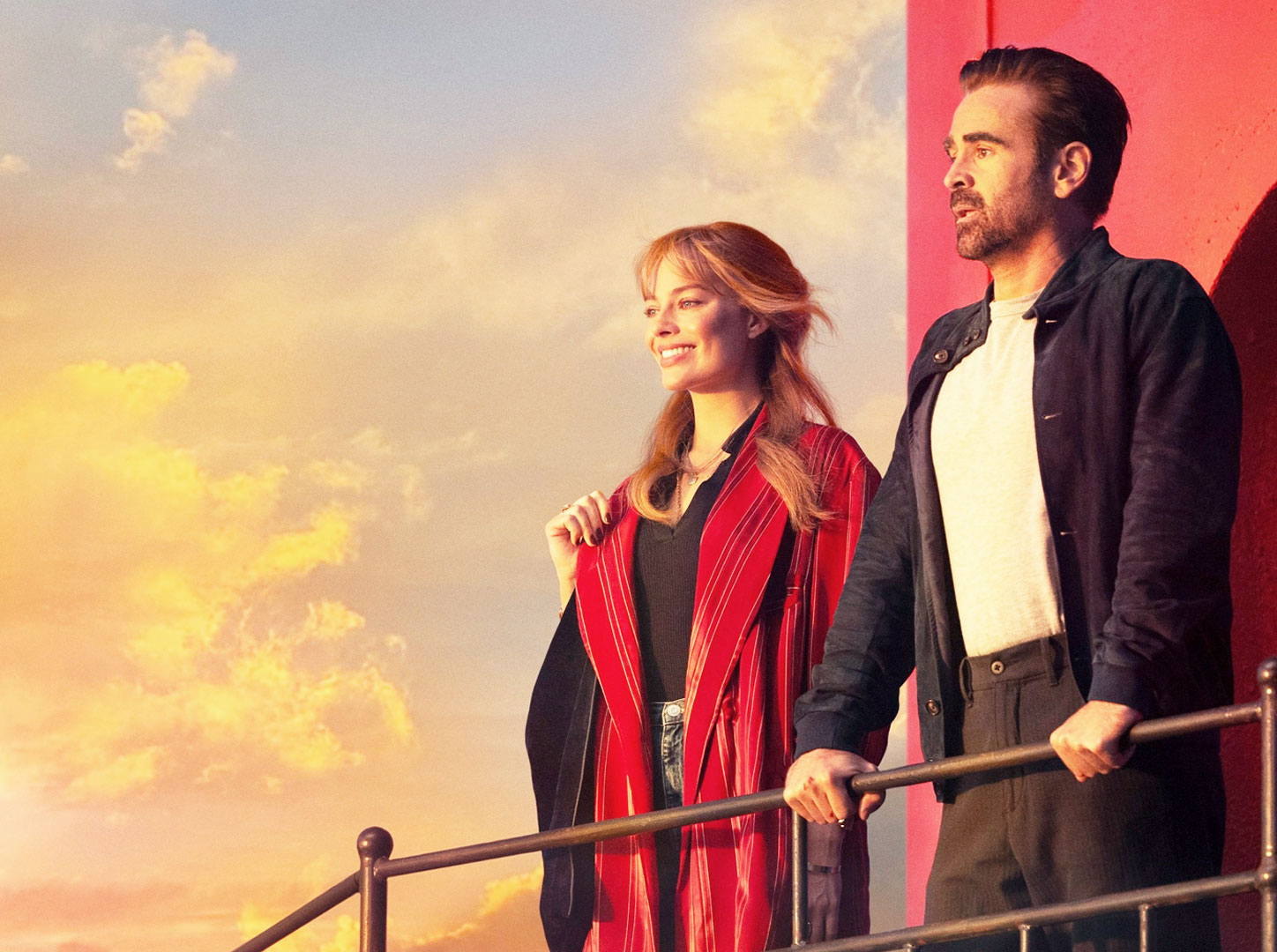
Kogonoda’s romantic drama A Big Bold Beautiful Journey is very damn prettty—one of best-looking films of the year. But its beauty is so mannered and manicured, so postured and posed, it creates a distancing effect, like observing a glass-encased artifact in a museum. I enjoyed it from behind the velvet stanchion, always cognisant of the distance between myself and the narrative world. The fact that two ridiculously good looking people star in the lead roles—Margot Robbie and Colin Farrell—intensifies the sensation that this universe is inaccessible: a toy kept in its box, or a garden too pristine to walk through.
It’s essentially about two people romantically connecting, sharing their inhibitions and insecurities in magical-ish settings situated outside the boundaries of space and time. After David (Farrell) and Sarah (Robbie) meet at a friend’s wedding, they’re drawn together by a kind of fantastical surprise dating service, taking the form of a car rental agency. Early in the runtime, the GPS of David’s new set of wheels asks him—title drop!—whether he’d like to partake in “a big bold beautiful adventure.” He says yes, of course, before it directs him to a rather unromantic location: a Burger King restaurant, where he’s instructed to consume “a fast food cheeseburger.”
Those words are intentionally stiff-sounding, suggesting something’s a little off but innocuously so—like a well-meaning, smiling foreigner (me attempting French) trying to speak in another language. David discovers Sarah’s at Burger King too, and when she joins him she also drops the words “fast food cheeseburger,” telling us she too is being steered by some higher puckish force. Soon the pair step through a red door in a woods-like setting and discover themselves in a lighthouse. Their completely nonplussed reaction to this magical relocation reiterates that their reality adheres to separate rules than our own, and conditions us to expect plot events that follow dream-like logic.
One set piece transports David back into a bittersweet evening from his teenage years, when he performed in the starring role in a high school musical but on the same night experienced a stinging instance of unrequited love. This section feels a little like the ghosts of Christmas past visiting Scrooge—except the ghost is David’s future self, who can participate in past events but is unable to change their outcomes. Sarah watches on, learning more about the man she’s increasingly drawn to. Perhaps the point is to illustrate what sharing memories would be like if we could spatialize them and revisit them with others.
From the moment David buzzes on the door of the rental agency, during the opening minutes, it’s clear the film will be elegantly staged, with, like Kogonada’s previous features—Columbus and After Yang—handsome symmetrical compositions. They have a fastidious quality, in that sense making them broadly comparable to Wes Anderson’s images, but by god these directors operate on different wave lengths, Kogonada’s without any ironic or twee detachment. He seems genuinely interested in how a Burger King, with the right kind of eyes, and highly selective framing, might look stately and light-filled.
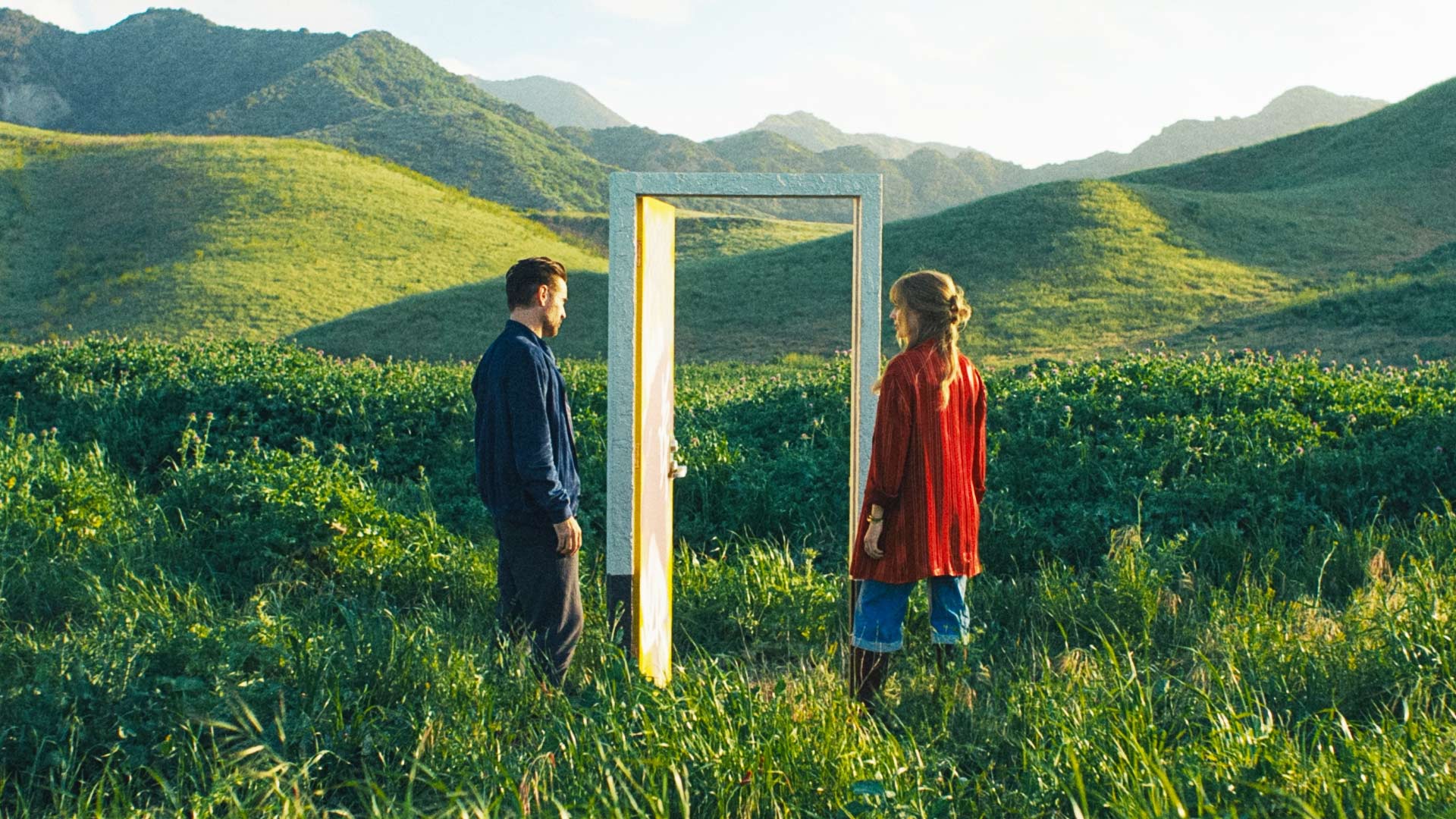
It’d be wrong to describe the beauty in A Big Bold Beautiful Journey as surface-deep, because it reflects a playful aloofness present elsewhere—embedded in the drama, dialogue, and performances. But Kogonoda has a way of bringing depth back to the surface. Even a teenager’s messy bedroom looks, well, clean; the director cannot tolerate any blemishes or scuff marks. Which is pleasing to the eye but sometimes sucks the humanity out of the frame; in his hands, even tears and streaked makeup feel like visual salad dressing. One of the film’s most telling images is a shot of a dead deer, with its innards spraying onto the road; these innards take the form of red and blue, wool-like ropes, pretty as hell.
Farrell and Robbie perfectly embody the film’s distancing aura. They talk to each other with a slightly hazy, glazed look in their eyes, as if cognisant that they’re in another reality, closer to the stars than the ground. I wonder what A Big Bold Beautiful Journey would’ve been like without two extremely photogenic people at its core. Perhaps it would’ve felt more accessible, more relatable, more like a shared experience than a window to look through. I appreciated a lot about this film, including Kogonada’s aesthetic care and whimsical tone—but its beauty remained a barrier: something to observe, never to live in.






